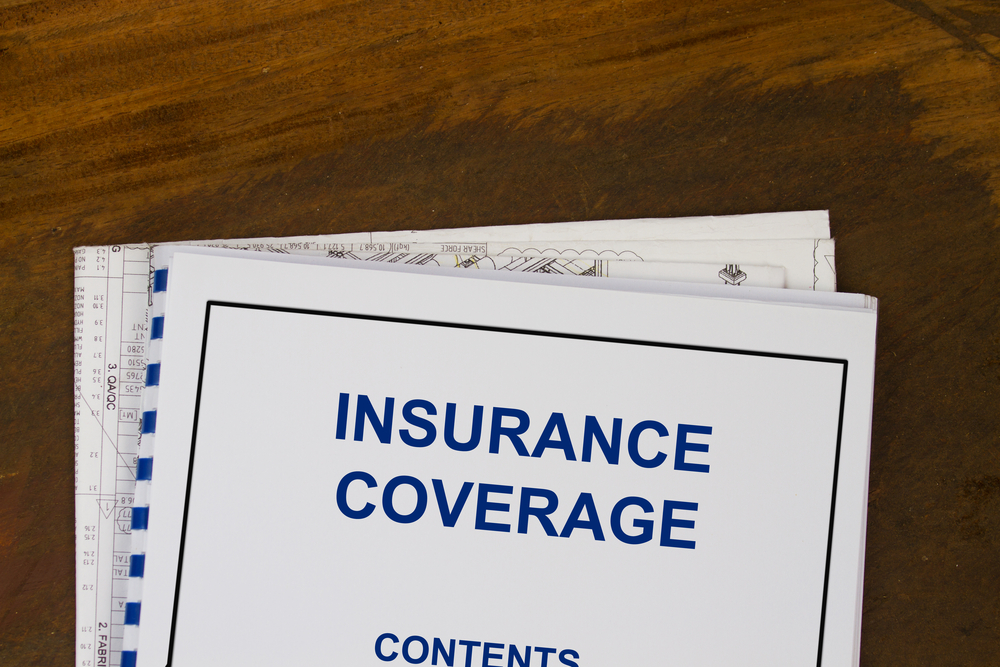Insurance is built on trust and transparency. Policyholders trust insurers to honor valid claims, while insurers rely on accurate information to assess risk and determine coverage. However, when discrepancies arise or certain red flags appear, insurance companies may initiate coverage investigations to verify the legitimacy of a claim.
Understanding what triggers an investigation and how to respond effectively can make the difference between a smooth resolution and a denied claim. This article explores the most common reasons insurers launch investigations, what the process typically involves, and best practices for policyholders and businesses to navigate them.
What Is an Insurance Coverage Investigation?
An insurance coverage investigation is a formal review initiated by an insurer to confirm that a claim falls within the terms of the policy and that the circumstances surrounding the loss or damage are legitimate.
Unlike routine claim processing, an investigation suggests that the insurer needs additional evidence or clarification before making a coverage determination. The process may involve interviews, document requests, site inspections, or third-party inquiries.
While investigations can feel intimidating, they are not always a sign of wrongdoing. Often, they are simply part of an insurer’s duty to ensure accuracy and prevent fraud.
Common Triggers for Insurance Coverage Investigations
Insurance companies rely on both automated systems and human judgment to detect irregularities. Below are some of the most frequent triggers that prompt a closer look at a claim.
1. Inconsistencies in the Claim or Application
Discrepancies between the information provided in a claim and what’s on record often raise concerns.
Examples include:
A policyholder reporting a different date of loss than what was documented.
Conflicting statements from witnesses or involved parties.
Differences between the application details (e.g., declared property use, vehicle condition, or health history) and the current situation.
Insurers may question whether the inconsistency is an honest mistake or an attempt to mislead.
Tip: Always review your claim forms for accuracy before submission. Even minor errors can trigger scrutiny.
2. High-Value or Unusual Claims
Claims involving significant monetary amounts or rare circumstances tend to attract additional review. For example:
A large commercial property loss following a suspicious fire.
A major health or life insurance claim filed shortly after policy inception.
Expensive jewelry or artwork thefts where proof of ownership or valuation is unclear.
The insurer’s goal is to ensure that the payout is justified and properly documented.
Tip: Maintain detailed records—receipts, appraisals, photos, and inventories—to substantiate high-value claims.
3. Timing of the Claim
The timing of a claim can be another red flag. Investigations often occur when:
The claim is filed soon after the policy takes effect.
Premium payments were missed or reinstated shortly before the loss.
The policyholder recently changed coverage limits.
From the insurer’s perspective, these situations raise the possibility of adverse selection—where a policyholder purchases or adjusts coverage in anticipation of a loss.
Tip: If you must file a claim soon after obtaining coverage, provide clear evidence that the event was unforeseen.
4. Suspicion of Fraud or Misrepresentation
Insurance fraud is a serious issue, costing billions annually. Insurers use algorithms and data analytics to flag claims that fit certain fraud patterns, such as:
- Repeated claims for similar damages.
- Inflated repair costs or staged losses.
- Medical billing irregularities in health or disability cases.
Even when a claim is legitimate, resemblance to known fraud patterns can prompt investigation.
Tip: Be transparent. Provide full access to requested records and cooperate with investigators to dispel suspicion.
5. Third-Party or Witness Reports
Sometimes, information from external sources—neighbors, contractors, law enforcement, or medical professionals—can contradict the policyholder’s account. For instance:
A neighbor reports that a supposedly “storm-damaged” roof was leaking before the event.
A police report includes statements inconsistent with the insured’s version of an auto accident.
Insurers are obligated to reconcile these discrepancies before finalizing payment.
Tip: When possible, collect your own supporting statements or evidence to clarify the facts.
6. Coverage Ambiguities
In some cases, the issue isn’t suspicion of fraud but a legal or technical question about policy interpretation. For example:
Whether the cause of loss is covered under “all-risk” or “named peril” provisions.
Whether a commercial liability claim falls under a professional liability exclusion.
Whether concurrent causes (e.g., flood and wind damage) are covered.
These investigations often involve policy reviews, expert opinions, and sometimes legal consultation.
Tip: Consult your insurance agent, broker, or attorney early if you believe your claim involves gray areas of coverage.
The Investigation Process: What to Expect
Once an investigation begins, the insurer will typically notify the policyholder in writing. Depending on the type of policy, the process may include:
Information Requests:
The insurer may ask for documents such as repair estimates, receipts, photos, tax records, or communications related to the loss.
Recorded Statements or Interviews:
Investigators may ask the insured or witnesses to provide sworn statements. These should be answered truthfully and carefully—ideally after consulting legal counsel if the stakes are high.
Site Inspections or Appraisals:
Adjusters, engineers, or experts may visit the site to assess damage or verify conditions.
Independent Medical Examinations (IME):
In health, disability, or injury-related claims, the insurer may require an independent medical evaluation to confirm the diagnosis or impairment level.
Surveillance or Background Checks:
In cases involving potential fraud (especially disability or injury claims), insurers may lawfully conduct limited surveillance or background research.
Investigations can take weeks or months, depending on complexity, but insurers are typically required by law or regulation to keep claimants informed of delays and decisions.
How to Respond to an Insurance Coverage Investigation
An investigation can feel intrusive or adversarial, but cooperation and professionalism are the best strategies for a positive outcome. Here’s how to handle it effectively:
1. Stay Calm and Cooperative
Receiving an investigation notice doesn’t automatically mean denial. Respond promptly and respectfully to requests for information. Lack of cooperation is one of the most common reasons insurers deny claims.
2. Document Everything
Keep a detailed log of all correspondence, phone calls, and document submissions. This record can be invaluable if disputes arise later.
3. Be Honest and Consistent
Never exaggerate losses or withhold information. Inconsistent or misleading statements can void your policy entirely, even if parts of your claim are valid.
4. Seek Professional Guidance
If the claim is complex or involves large sums, consult a public adjuster, insurance attorney, or broker experienced in claims advocacy. They can help you navigate policy language, deadlines, and evidence requirements.
5. Know Your Rights
Most jurisdictions impose fair claims handling laws requiring insurers to act in good faith, communicate promptly, and provide written reasons for any denial. If you suspect unfair treatment, you can file a complaint with your state’s insurance department.
6. Maintain Transparency
Provide the requested documents in full and explain any missing items clearly. For example, if receipts were lost in a fire, offer alternative proof such as bank statements or photographs.
Preventing Future Investigations
While not all investigations can be avoided, you can reduce the likelihood by maintaining good insurance hygiene:
Review your policy annually to ensure accurate information.
Keep thorough documentation of assets and maintenance.
Report losses promptly and accurately.
Avoid exaggerations or unsupported estimates.
Build a relationship with a reputable agent or broker who understands your needs and can help clarify coverage before issues arise.
Final Thoughts
Insurance coverage investigations are a normal part of the claims process, designed to uphold fairness and prevent fraud. While they can be stressful, understanding why they occur—and responding with honesty, organization, and professionalism—can significantly improve outcomes.
Policyholders who approach investigations proactively often find that cooperation, clarity, and proper documentation lead to faster, fairer resolutions. In the world of insurance, transparency isn’t just good practice—it’s your strongest protection.


